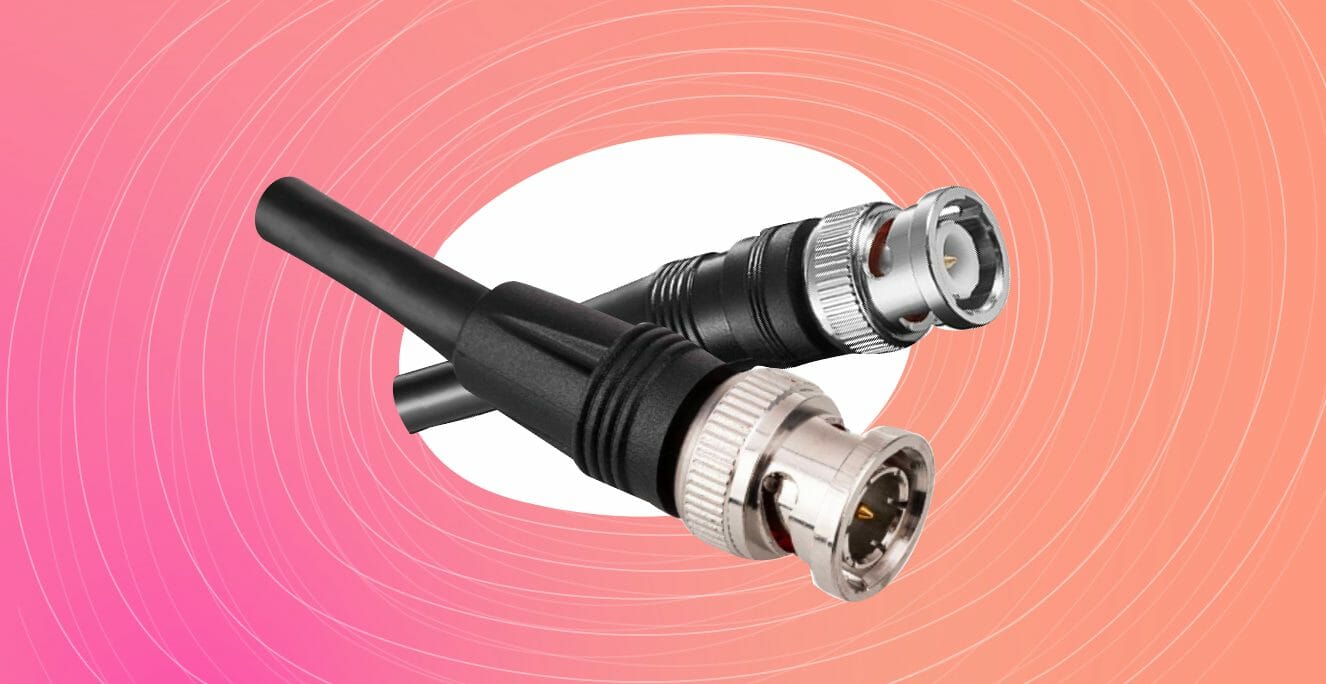Making the Right Argument for New Storage and Automation Systems

At Chesapeake Systems, we’re constantly showing editors, producers and other creatives the benefits of investing in infrastructure such as hardware, software, storage, workflow automation systems, or more.
We know that for those in the trenches, the need for this investment can be quite evident.
But how do you go about convincing the higher-ups, the decision-makers, that this is a justified expenditure for the company?
Framing your Argument
Making a financial investment to the tune of anywhere from $50,000 to $750,000 is significant.
Your first inclination might be to show how this new infrastructure will make your life better. But the decision maker (DM) already knows the inherent value of the technology. What they want you to tell them is how this purchase will contribute to the company’s bottom line. Will it save money? Will it help the company generate money? How much money?
The DM wants to know “What is the Return on Investment that will be derived from making this investment?”
For example, if you think your company would benefit from a shared storage system, research the following before approaching the DM:
What are you currently spending on a non-shared system?
How much data are you currently responsible for warehousing?
How much data are you generating daily/quarterly/annually on average?
How quickly is your storage requirement growing?
How much time is each department member spending in post production for a project?
How much time do they spend editing?
How much time is spent searching for uncatalogued files?
Addressing efficiencies is important – but make sure to talk about how working in a much more efficient environment can free up (insert amount) of hours. With this extra time, the current manpower will be able to complete (insert amount) additional projects, resulting in (insert amount) dollars in revenue for the company.
Here’s What Your Argument Doesn’t Look Like
“Having this shared storage system will be so convenient and make my life so much easier. I won’t have to waste time searching for files or waiting for files to open. It will improve my work life tremendously!”
What It Does Look Like
A shared storage system would be an excellent investment for our organization. We’re currently spending (insert appropriate amount) of dollars on a non-shared storage system. We’re paying (insert amount) annually for or team of employees. We estimate between A and Z hours are lost per quarter because we don’t have a shared storage system. We are responsible for warehousing (insert appropriate amount) of data. Every day we’re generating (insert appropriate amount) more data. Three years from now we will likely be generating (insert appropriate amount) of data. A shared storage system can cost anywhere from A to B. Losing any of the data we currently maintain could cause us to lose a customer. It could potentially cost our company anywhere from (insert appropriate range here) dollars. We’ve calculated we’re spending (insert amount) of money per month in searching for files. If we could recover that time, we could take on an extra project per quarter with our current manpower, which could boost our profit margin by (insert amount).
It’s really all about the right approach. You need to show where efficiencies will be gained. You need to illustrate your cost structure to date, and project what future costs may be. Generating metrics is important because it starts to create a frame of reference for how people can look at a complex set of activities and workflows and relate it to the bottom line. Creating a “best case, worst case” scenario is also suggested. Don’t worry if you don’t have exact details and amounts – plug in realistic figures or a range of time, dollars, etc. If you explain that in the best case scenario you could lose 5% of production time searching for files and in the worst case, you lose 25%, it starts to create a narrative for why it makes sense to invest in new infrastructure. It paints a bigger picture perspective for those who don’t understand the day-to-day reality.
Another Solid Approach
In addition to ROI, our friends at AVPreserve have also given us another option for framing an argument for why new infrastructure will benefit your company. Chris Lacinak, principal of the data management consulting and software development firm, likes to focus on the Cost of Inaction (COI). How much will it cost the organization if you don’t change things up?
Here’s what the hypothetical COI might look like
You have 20 desktop hard drives with (insert amount) of data on them. You know that over the span of five years, at a minimum, one of those drives will fail and the content won’t be recoverable. The COI for not backing up your data will vary depending on which drive you lose. Be sure to present a low figure and a high figure for the cost of data recovery, to represent the less costly drive and the most costly. This will begin to illustrate a concrete monetary argument for what your exposure could be and show how investing in a storage system can shield your organization from this exposure.
Still have some questions about crafting your argument?
Chesapeake Systems loves the opportunity to consult with current or potential clients to develop talking points and help structure these conversations and arguments. We’re so confident in the efficiencies to be gained, the savings to be gained, and the additional revenue opportunities, that we’re happy to be a part of any conversation to identify solutions or provide you with the tools you need to present your argument to management.
Visit us at Chesa.com or call us at 410-752-7729.


















